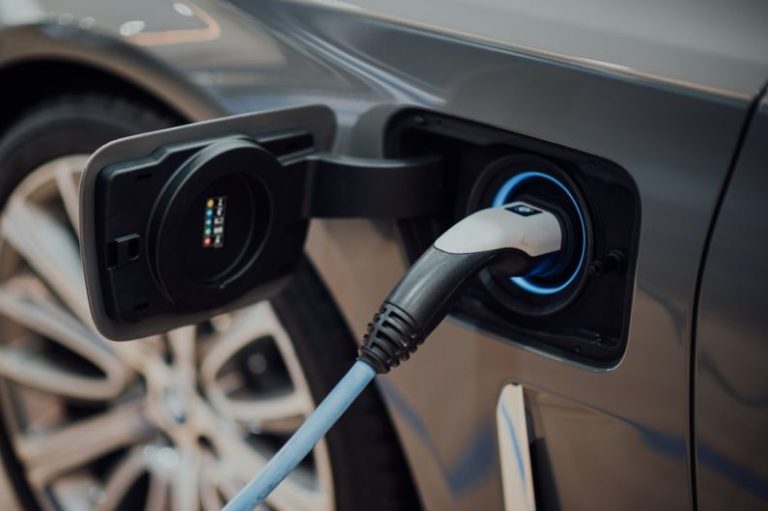Understanding Car Insurance: a Beginner’s Guide
Car insurance is a crucial aspect of owning a vehicle that every driver must understand. It provides financial protection in case of accidents, theft, or damage to your vehicle. However, navigating the world of car insurance can be confusing, especially for beginners. To help you grasp the basics of car insurance, this beginner’s guide breaks down the key components and terms you need to know to make informed decisions when choosing the right coverage for your needs.
Overview of Car Insurance
Car insurance is a contract between you and an insurance company that protects you financially in the event of an accident. By paying a premium, you are covered for specific risks outlined in your policy. In exchange, the insurance company agrees to pay for losses as defined in the policy.
Types of Car Insurance Coverage
1. Liability Insurance
Liability insurance is the most basic type of car insurance required in most states. It covers damages and injuries you cause to others in an accident. This coverage does not pay for your own injuries or vehicle damage but protects you from financial liability if you are at fault in an accident.
2. Collision Insurance
Collision insurance covers damages to your vehicle in an accident, regardless of who is at fault. It helps pay for repairs or replacement of your car if it is damaged in a collision with another vehicle or object.
3. Comprehensive Insurance
Comprehensive insurance provides coverage for damages to your vehicle that are not caused by a collision. This includes theft, vandalism, natural disasters, and other non-collision related incidents. Comprehensive insurance is optional but recommended for comprehensive protection.
4. Personal Injury Protection (PIP)
Personal Injury Protection, or PIP, is a no-fault insurance coverage that pays for medical expenses and lost wages for you and your passengers regardless of who caused the accident. PIP is required in some states and provides additional coverage beyond liability insurance.
5. Uninsured/Underinsured Motorist Coverage
Uninsured/Underinsured Motorist Coverage protects you if you are involved in an accident with a driver who does not have insurance or does not have enough insurance to cover your damages. This coverage helps pay for your medical expenses and vehicle repairs in such situations.
Factors Affecting Car Insurance Premiums
1. Driving Record
Your driving record plays a significant role in determining your car insurance premiums. Drivers with a history of accidents or traffic violations are considered high-risk and may pay higher premiums.
2. Age and Gender
Younger drivers, especially teenagers, and male drivers generally pay higher insurance premiums due to a higher likelihood of accidents. Insurance companies use statistical data to assess risk based on age and gender.
3. Vehicle Type
The type of vehicle you drive can impact your insurance premiums. High-performance cars, luxury vehicles, and cars with a high theft rate generally cost more to insure due to the increased risk of theft or expensive repairs.
Choosing the Right Car Insurance Policy
When selecting a car insurance policy, it is essential to consider your budget, coverage needs, and risk tolerance. Compare quotes from multiple insurance companies to find the best coverage at a competitive price. Additionally, review the terms and conditions of each policy to ensure you understand what is covered and any limitations or exclusions.
In conclusion, understanding car insurance is essential for every driver to protect themselves and their assets in case of accidents or unforeseen events. By familiarizing yourself with the types of coverage, factors affecting premiums, and how to choose the right policy, you can make informed decisions to secure the best car insurance for your needs. Remember that car insurance is not one-size-fits-all, and it is crucial to tailor your coverage to your individual circumstances to ensure adequate protection on the road.






